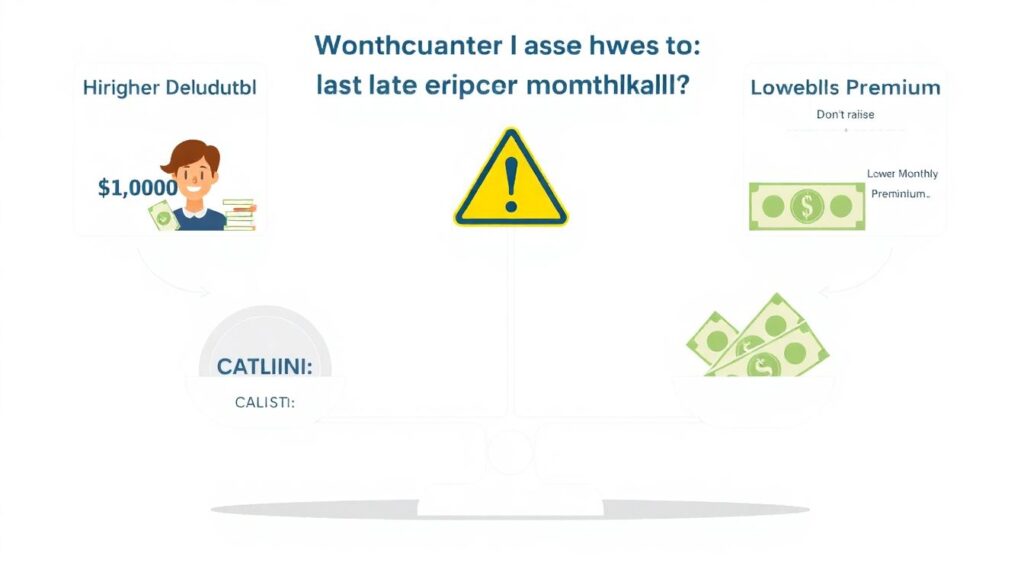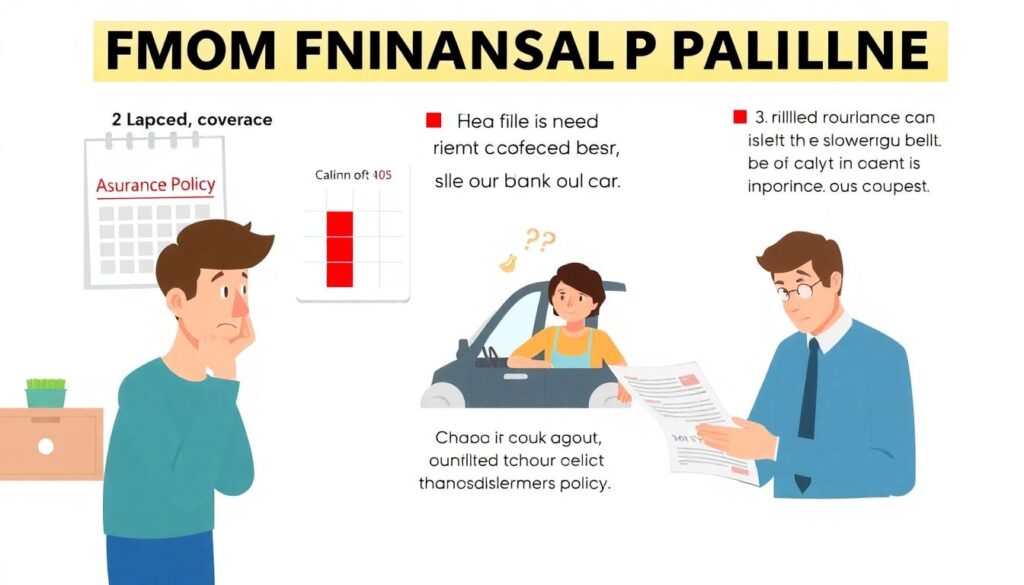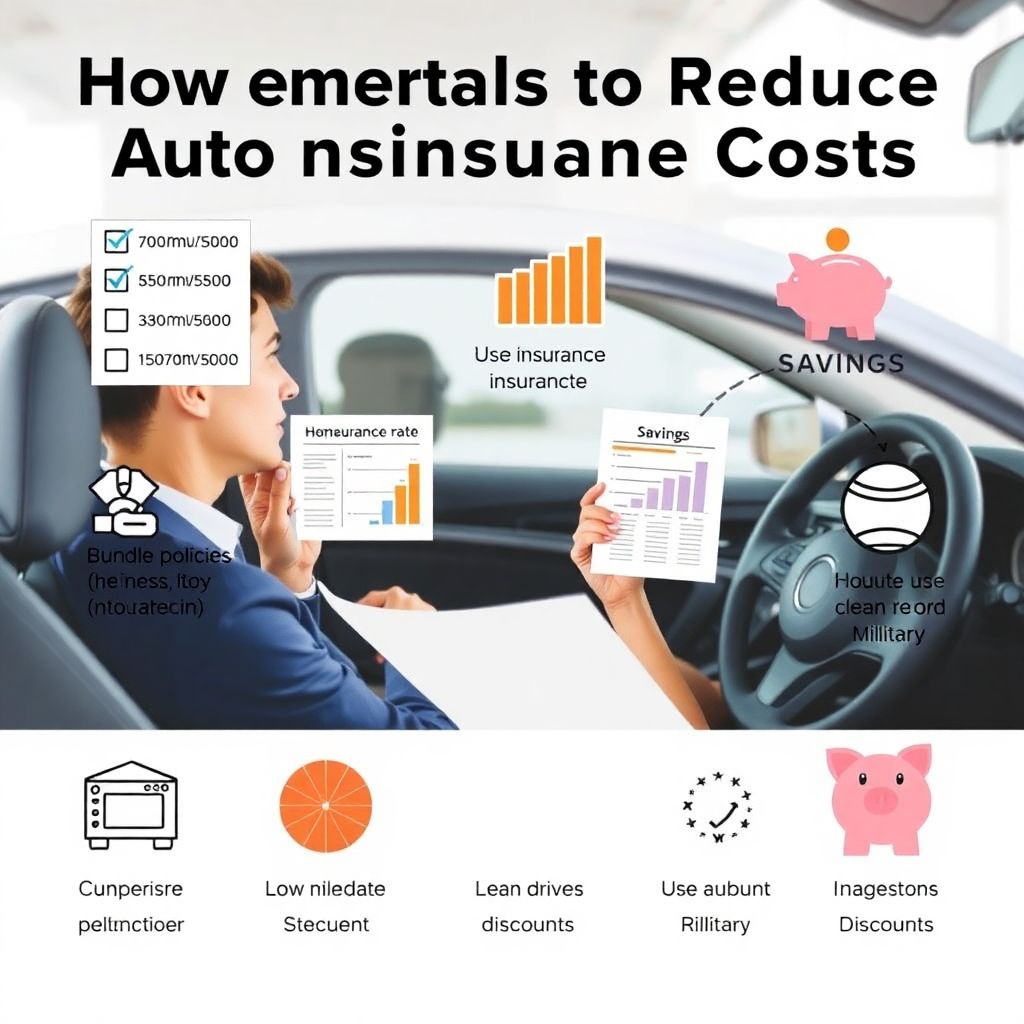Understanding the Fundamentals
Assess Your Needs Before Buying
Before diving into cost-cutting strategies, it’s critical to evaluate your actual insurance requirements. Many drivers over-insure because they believe more coverage equals more protection. While it’s true that liability limits and comprehensive plans offer broader safety nets, paying for options you don’t need can drain your finances unnecessarily.
Ask yourself:
– How old is my vehicle?
– Is it financed or fully paid off?
– What’s my daily driving distance?
These questions help determine whether full coverage is essential or if liability-only insurance would suffice.
Know What Influences Your Rate
Insurance premiums are based on multiple variables. Understanding these will empower you to make informed decisions:
– Driving history: Accidents, speeding tickets, and DUI incidents increase rates.
– Credit score: Insurers may use credit-based insurance scores in most states, viewing lower scores as higher risk.
– Location: Urban areas with high theft or accident rates typically come with higher premiums.
– Age and gender: Younger drivers often pay more due to lack of experience, while male drivers statistically face higher premiums in some categories.
Step-by-Step Strategy to Lower Auto Insurance Costs
Step 1: Comparison Shop Annually
One of the most overlooked strategies is regular rate shopping. Insurance providers continually adjust pricing models, so a competitor may offer the same or better coverage at a reduced rate.
Expert Tip: Use comparison platforms, but always validate quotes directly with insurers. Discounts and specific coverages can be misrepresented on third-party aggregators.
Step 2: Bundle Policies
Combining auto insurance with homeowners, renters, or even life insurance can unlock multi-policy discounts. Major insurers typically offer 10–25% off when bundling.
Newbie Advice: Check the total cost after bundling—not just the discount. A cheaper policy unbundled might still be a better deal.
Step 3: Raise Your Deductible

A higher deductible lowers your monthly premium because you’re agreeing to pay more upfront in the event of a claim. But this tactic only works if you have short-term savings to cover that deductible when needed.
Caution: Don’t raise deductibles beyond your financial comfort. A $1,000 deductible saves money monthly, but can be a shock after an accident.
Step 4: Optimize Your Coverage
Review your policy annually to eliminate unnecessary extras:
– Roadside assistance (if already included with credit cards or AAA)
– Rental car coverage (if you have alternative transportation)
– Collision or comprehensive on older vehicles with low market value
A car worth $3,000 might not justify paying $500+ a year in comprehensive premiums.
Step 5: Maintain a Clean Driving Record
Safe driving is not just about safety—it’s about savings. Most insurers offer accident-free discounts and additional incentives for defensive driving courses.
Expert Tip: Enroll in a telematics program (car tracking app or device). These monitor your driving habits and reward safe behavior with discounts up to 30%.
Special Discounts You Might Be Missing
Insurance providers often offer lesser-known savings opportunities. Always ask about:
– Low mileage discounts: Ideal for remote workers or retirees
– Good student discounts: For drivers under 25 with high academic performance
– Military or professional affiliation rates: Membership in professional or alumni associations can unlock exclusive rates
Common Mistakes That Increase Premiums

Avoid these financial pitfalls when managing your auto insurance:
– Letting your policy lapse: A break in coverage, even for a few days, can label you high-risk.
– Filing minor claims: Not every dent is worth a claim. Frequent claims increase your long-term cost.
– Ignoring errors in your policy: Wrong mileage, outdated address, or incorrect vehicle details can skew your premium upward.
Final Thoughts: Balance Cost with Value
While trimming your insurance expenses is smart, it’s essential not to sacrifice necessary protection. Focus on optimizing—not minimizing—your coverage. The cheapest plan isn’t always the smartest if it leaves you financially vulnerable after an accident.
Regular reviews, smart policy choices, and clear communication with your provider can ensure you’re not overpaying. Remember: insurance is about managing risk—and that includes the risk of overpaying.

